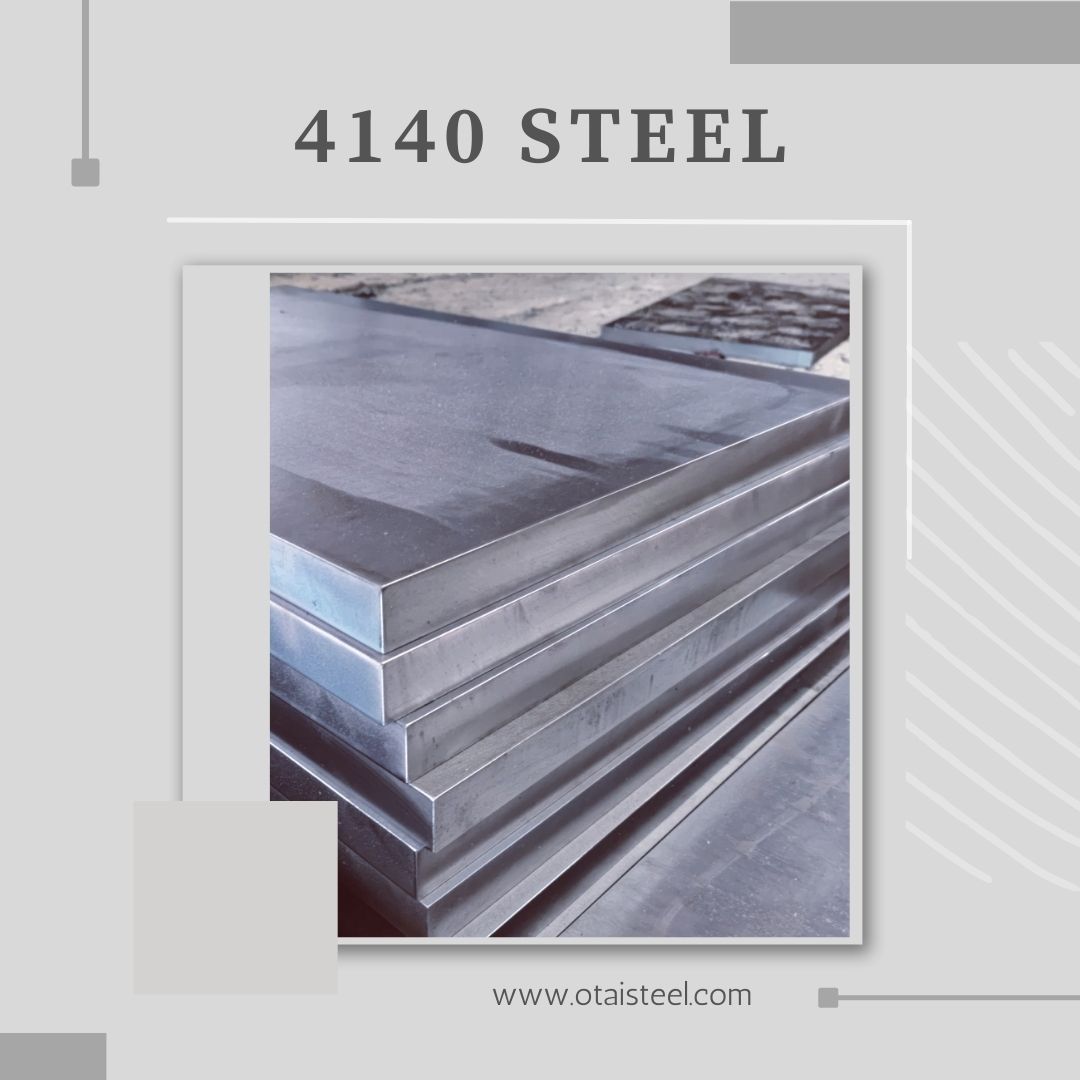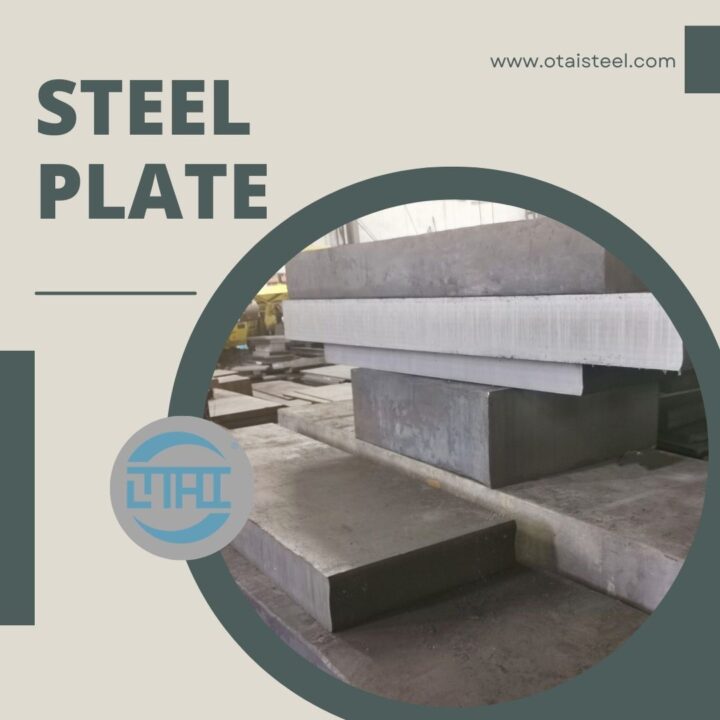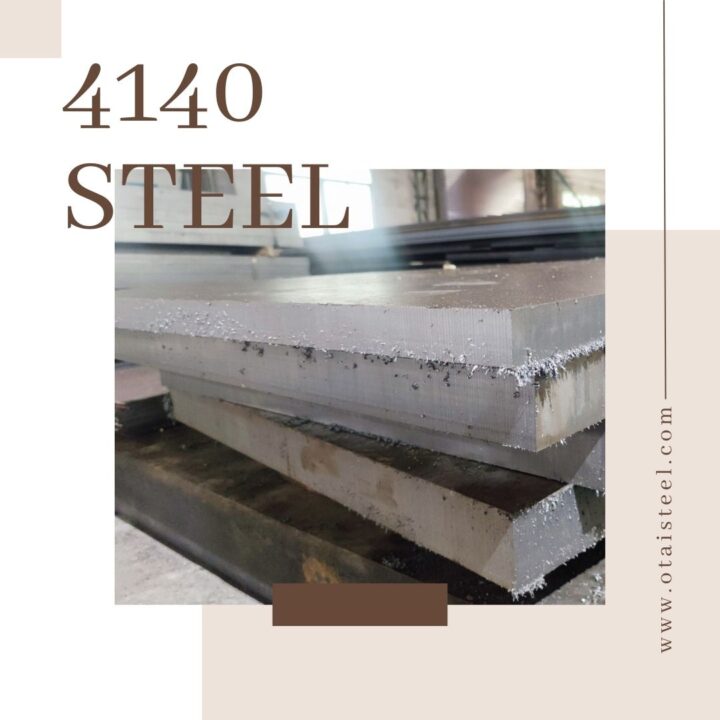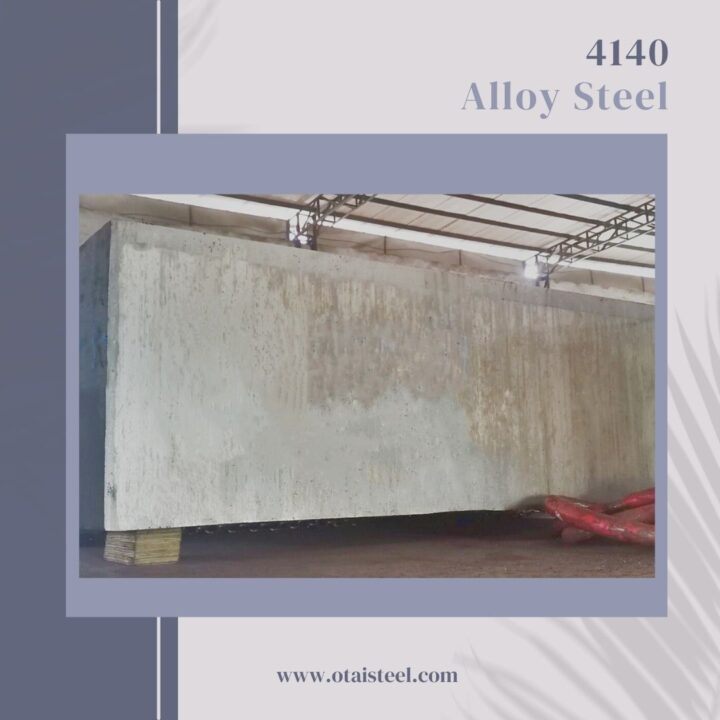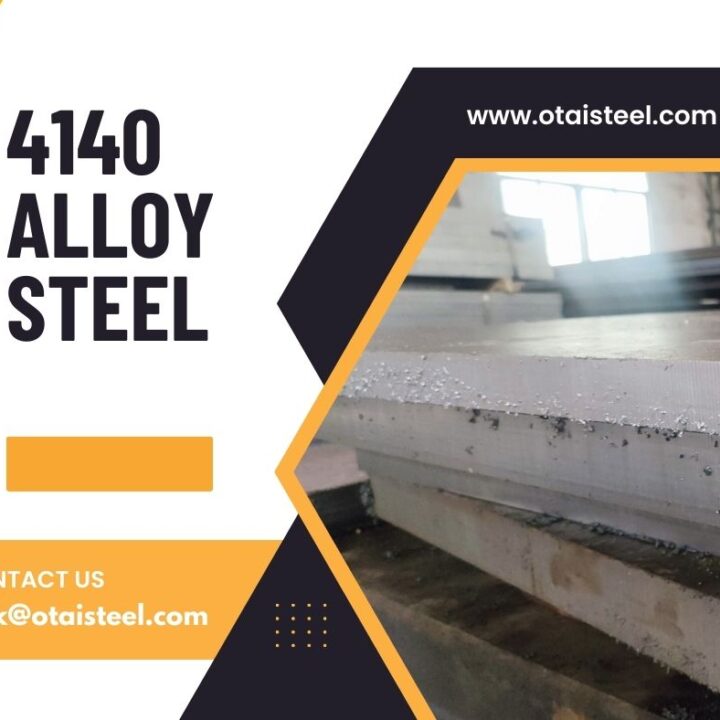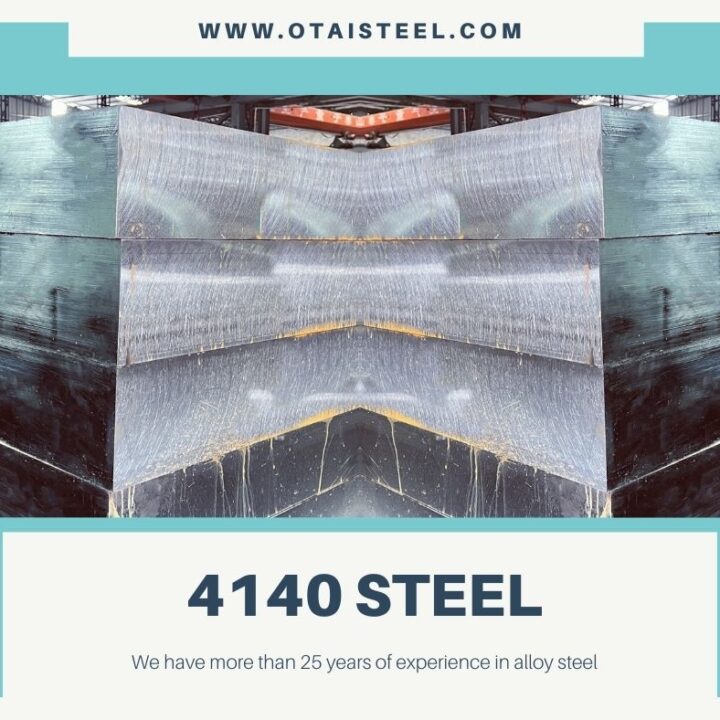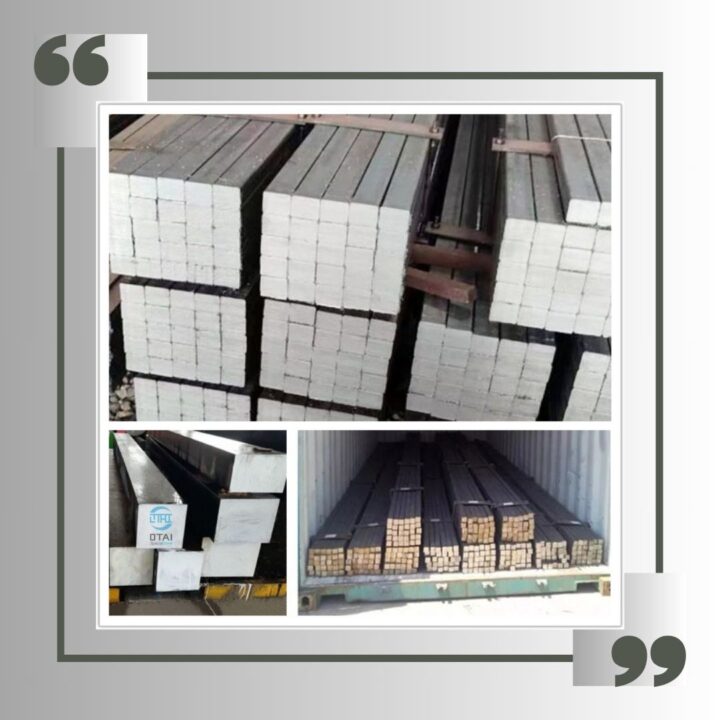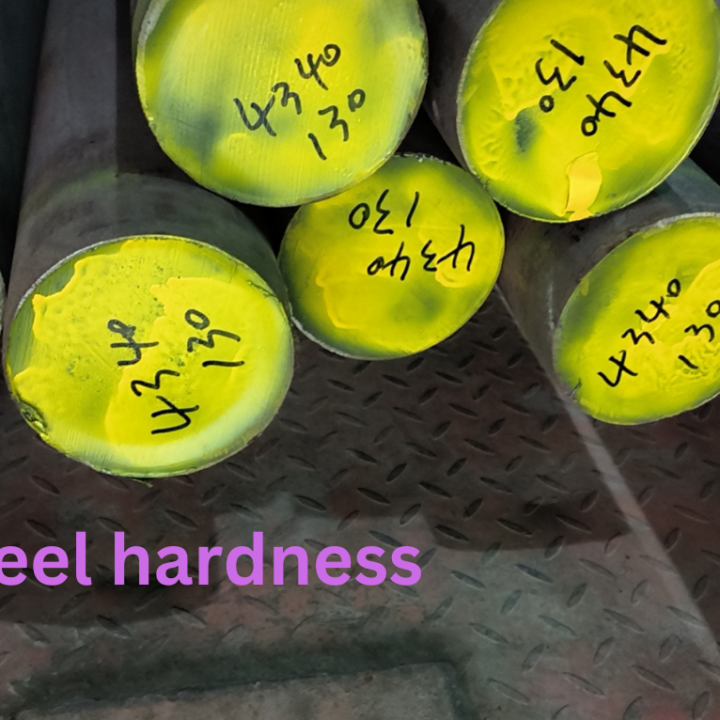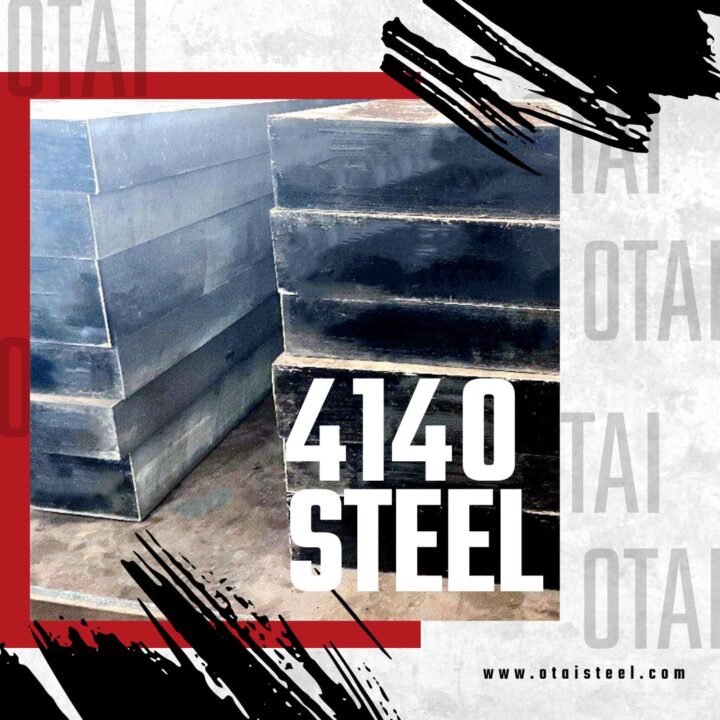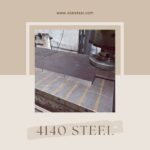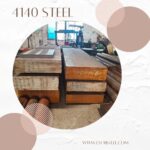An Introduction to the Different Grades and Variants of 4140 Steel
4140 steel is a versatile material that can be used in various industries including automotive, aerospace and industrial manufacturing. There are different grades and variants of 4140 steel, each with unique properties and characteristics that make it suitable for specific applications. Here are some different grades and variants of 4140 steel:
4140 Alloy Steel
This is the most common grade of 4140 steel and is used in a wide variety of applications due to its high strength, toughness and wear resistance. It is often used to make gears, shafts and other mechanical parts.
4140 Annealed Steel
This variant of 4140 steel is annealed, a process that reduces its hardness and improves its workability. It is commonly used in applications where ease of processing is critical. Such as the manufacture of precision parts and components.
Cold-rolled Steel 4140
This variant of 4140 steel is cold-rolled, a procedure that allows it to be worked at room temperature to increase its strength and hardness. It is commonly used in applications requiring high strength and toughness, such as the manufacture of heavy parts and equipment.
4140 Pre-hardened steel
This variant of 4140 steel has been pre-hardened, an operation that gives it increased hardness and strength. It is commonly used in applications requiring high strength and wear resistance, such as the manufacture of gears, shafts and other heavy machinery parts.
4140 HT Steel
This variant of 4140 steel is heat treated, which means it is heated to a specific temperature and then quenched in oil or water to increase its strength and hardness. It is commonly used in applications requiring high strength and toughness, such as the manufacture of aerospace and defense components.
Different grades and variants of 4140 steel offer a range of unique properties and characteristics. It make it suitable for a variety of applications. When choosing the right grade or variant of 4140 steel for your product design, it is important to consider such factors as strength, toughness, wear resistance, machinability and heat treatment requirements.
